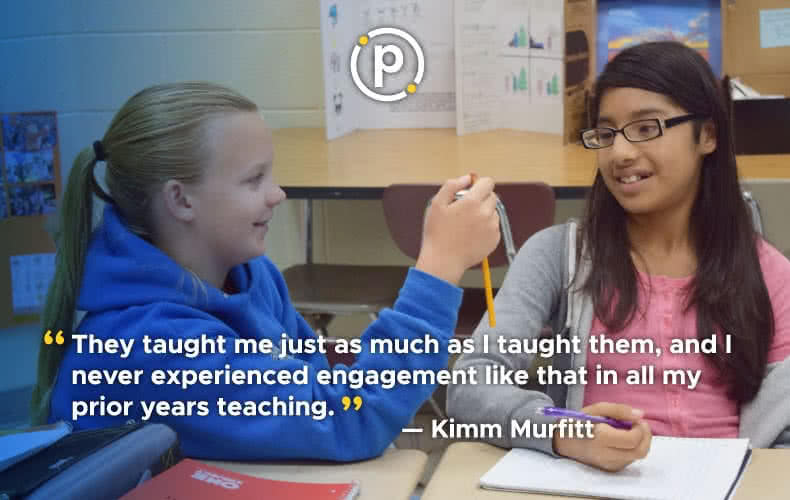Global Education, Teaching Resources
Jumpstart Global Learning in Your Classroom
In the game Don’t Tip the Waiter, players pile dishes on a waiter’s plate until he becomes off balance and the items come tumbling down. In the world of education, this scenario can become very real. The demands of the job can become all-consuming. As the day-to-day demands pile on us, it sometimes tips us off balance. We feel there is no possible way we can add one more thing to our plate before everything comes tumbling down.
It’s easy to understand why so many teachers feel as though they can’t tackle another addition to classroom planning. However, I would like to encourage a new view on global education. What if global education was not an addition, but a central aspect of teaching and learning?
My role in education is constantly evolving, and I find that so exciting. I love sharing the need for global education with students, colleagues, and parents. We can’t be truly successful in our world by only knowing what’s familiar and comfortable. We have to know more, ask more, and act more to solve challenges both locally and in places far away from our homes.

Here are three easy steps to center your classroom globally so you don’t feel as though you’re juggling another educational plate that may come tumbling down. Open the world to your students, increase your overall classroom engagement, and expand the young minds our world is counting on.
1. Stop waiting.
I realized early on in my journey to become a global educator that if I waited until I had it all figured out, my students would never get the chance to make changes in our world. So, I just dove into global education courses and learned what I could. I was upfront and honest with my students that I still had a lot to learn, and at times lessons didn’t go as I had hoped. But that’s all part of teacher life (can I get a growth mindset high-five?).

The most amazing things happened as a result of my willingness to put my new learning out there to my students. We grew together. They taught me just as much as I taught them, and I never experienced engagement like that in all my prior years teaching. I definitely wanted more of this for my students and myself.
2. Build your global muscles.
Let’s be honest: we are given a lot of professional development, but if the goals of the training are not aligned to our needs, then the greatest takeaway may be the snacks. That is why it’s super important to build your own path. Building your own PLN (Educator Development network) may be one of the best gifts you can give yourself. You can start doing this by joining education Twitter chats. There are so many other ways to build your global muscles outside of your school. Here are a few of my favorites:
- Participate Inc. courses focused on the Sustainable Development Goals (SDGs)..
- The World’s Largest Lesson.
- Twitter chats: #globaled and #TeachSDGs

3. Teach the SDGs
Nothing says engagement like teaching the Sustainable Development Goals. Whenever I introduce these goals to students, teachers, or parents, there is an instant connection. We all have interests or passions that align beautifully to the Global Goals, and because the goals are connected, learning one lends itself to learning another.

In the end, we all want students to gain more than a grade from their time with us. We want students to gain empathy, problem-solving skills, and the drive to be change-makers. Introduce these goals and get ready for them to gain these skills and many more! Now, if you’re feeling shaky on incorporating these into your classroom, refer to steps 1 and 2. Don’t wait! Build your global muscles! TEACH!
Give your students an educational experience that will long outlive the year you spend with them. Transform your teaching and watch your students transform our world.
Kimm Murfitt has been an educator for more than 19 years and is an IB coordinator, curriculum writer, and a TeachSDGs Ambassador. You can connect with her on twitter @kmurfitt1.